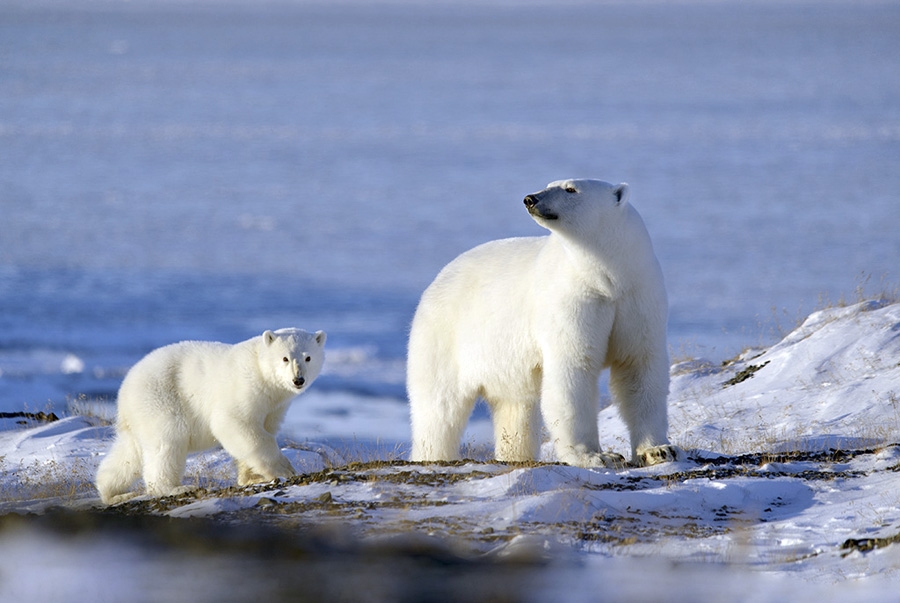In spite of the overwhelming amount of facts supporting climate change, there are still numerous climate sceptics who strongly believe that the entire concept is a worldwide conspiracy that has no solid foundations. These people often respond aggressively when discussing matters related to global warming and climate change.
However, there are several types of climate sceptics out there who continue to convey incorrect or incomplete ideas regarding climate change. This guide will analyse their take on the matter and it will lay out some of their most ardent arguments against global warming.
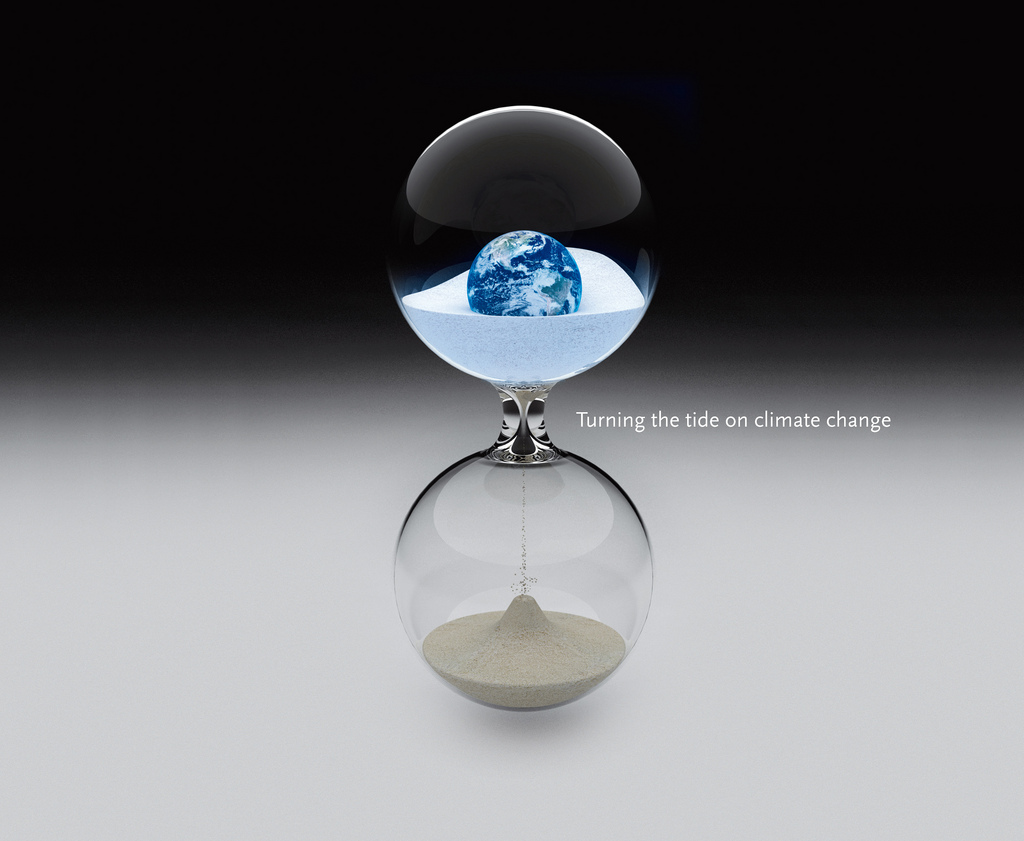
This guide is meant to prepare people for discussions with climate sceptics. It features an analysis of their reaction to the complex issue of climate change, as well as a comprehensive list of the typical arguments they rely on to disprove the theory.
It also includes the main scientific evidence that climate sceptics invoke when dealing with global warming and climate change, which should give you an idea of what to expect from talking to them.
The Five Stages of Denial
The most important aspect that should be considered in regards to climate scepticism is the fact that the concept of global warming, along with its effects on the planet, is quite daunting. Thus, people tend to react to it as they would to a full-on traumatic event. As such, the vast majority of sceptics display symptoms of coping with trauma. In this section of our article, we will discuss each of the five stages of trauma accommodation in regards to the issues of global warming or climate change.
Stage One – Denial
After learning about climate change and the irreparable damage that pollution has caused to our planet, most people tend to deny the concept entirely. This is actually a defence mechanism translated into an adamant rejection of the idea.
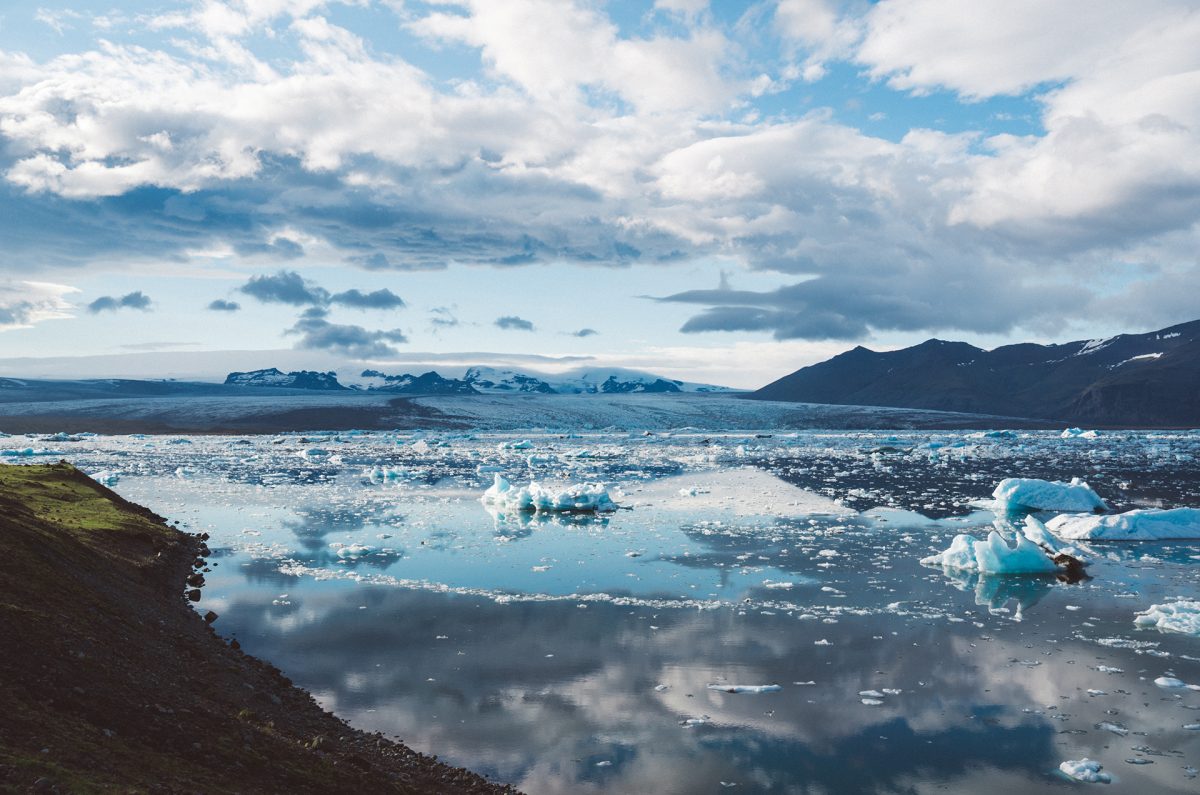
Moreover, there are so many resources supporting climate scepticism, which make denying the idea extremely easy. Most sceptics invoke that there is insufficient evidence to support climate change or that this evidence is contradictory. Here are the most common arguments leading to the denial of climate change:
- The receding of the glaciers is a natural process.
- Increasing temperatures are caused by the Urban Heat Island effect.
- The few warm years we’ve had are not enough to support global warming.
- The CO2 measurements are inaccurately performed.
- Global warming is not real because winters are getting colder and colder.
Stage Two – Anger
As the idea of climate change sinks in, people get to the anger stage. As such, they concentrate on the stress caused by climate change and tend to blame scientists for promoting these immensely disturbing ideas.

As the research process for climate change is still under development, some theories have been disproven. However, this does not deny the entire concept, but merely clarifies the process that has led to the current state of the planet. This often leads to anger against scientists based on arguments such as the following:
- Not even the scientists are sure about climate change, why should I be?
- We cannot predict next week’s weather accurately, so how can we know what’s going to happen in the following years?
- They predicted a new ice age in the 70’s and here we are, it’s the same for global warming.
- Computer models cannot entirely replicate the natural world, so why should we trust them?
- The world has gone through climate changes before, so this is a natural process.
Stage Three – Bargaining
As sceptics find that most theories that could deny climate change have been disproven, they get to the bargaining stage. This is most commonly displayed by considering global warming a natural process, which tends to minimise its damaging effects.

If the warming process is natural, the planet will adapt to the new conditions and eventually overcome it. Moreover, if we implement climate-friendly tactics, such as recycling and using cars with a lower carbon print, climate change may even be stopped. Unfortunately, this is not exactly the case, but arguments such as the following still come up:
- The climate is always changing, so we will adapt perfectly.
- We can surely get through it if we recycle and use electric cars and green power.
Stage Four – Depression
Unfortunately, the collective efforts of scientists and researchers to fight climate change can only delay the onset of imminent effects of global warming. This is undoubtedly the most difficult idea to cope with because it leads to a very bleak future for our generation, as well as the following ones.

When people get to this stage, they fail to see the utility of fighting climate change at all and simply resign to whatever consequences may follow. The typical arguments used by people in this stage may include some of the following:
- Since we cannot stop climate change, why bother doing anything?
- The Sun is going to burn us all anyway, what’s the use of making changes?
- Recycling, electric cars, and green power won’t save us anyway.
Stage Five – Acceptance
At this point, people come to terms with the concept of climate change and the fact that we can only work to delay its effects as long as possible. Moreover, they understand how doing this could be useful to our generation and those that will follow.

Regrettably, only very few people actually reach the stage of acceptance, which leaves us with an impressive amount of climate sceptics out there. In the following sections of this article, we will review the scientific foundation of climate scepticism and the main types of arguments they use when discussing global warming and climate change.
The Main Scientific Topics that Climate Sceptics Rely On
1. Rising Temperatures
Climate sceptics either regard global warming as a natural process or dismiss the concept entirely. From inaccurate temperature measurements to complex conspiracy theories, they find reasoning for the rising temperatures.
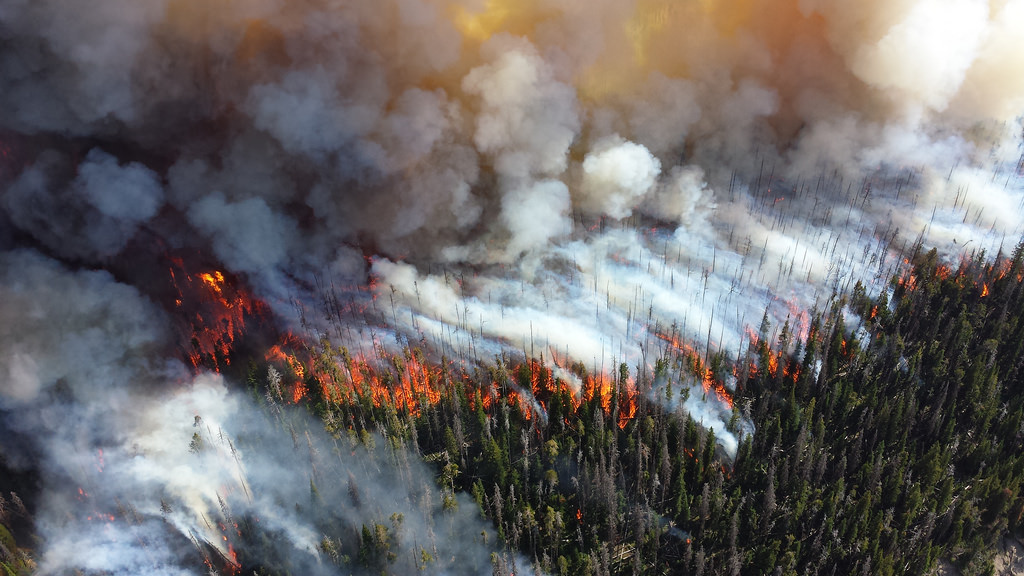
The climate has always been changing, we simply don’t have logs on it.
One common explanation that climate sceptics have for global warming is the technological advancements in meteorology. They argue that the climate has gone through numerous changes in the last 2000 years, but that we simply haven’t had the technology to log it. As such, the more accurate the technology for temperature measurement, the more sensitive the data, and the more alarming it is.
We only have records of the last 100 years, which is not enough to explain climate change.
Since scientists rely on data from the last 100 years, their conclusions must be exaggerated. How could 100 years tell us enough about the following centuries? What they fail to see is that the data from these last 100 years is in fact enough to relay information about the past centuries. Scientific methods such as borehole analysis and proxy data can use the advanced data we have to extrapolate reliable information about the past.
The temperature measurements are unreliable.
Climate sceptics claim that it is impossible to know a global state of Earth’s climate because scientists have used different methods to measure temperature in the world. Moreover, they often accuse scientists of influencing the results in favour of global warming. Aside from the direct surface temperature measurements, which have been conducted all over the world, scientists have also used satellite measurements, weather balloons, borehole analysis, proxy reconstructions, which all point to the warming of the climate.
2. The Diminishing Cryosphere
One of the central aspects denied by climate sceptics is the current state of the glaciers. They regard receding glaciers as being entirely natural because it has happened in the past. What they fail to see is that the glaciers are receding at an alarming rate and that they are accompanied by sharp declines in sea ice levels, and the thawing of the ancient permafrost, which consolidates the idea of true global warming.
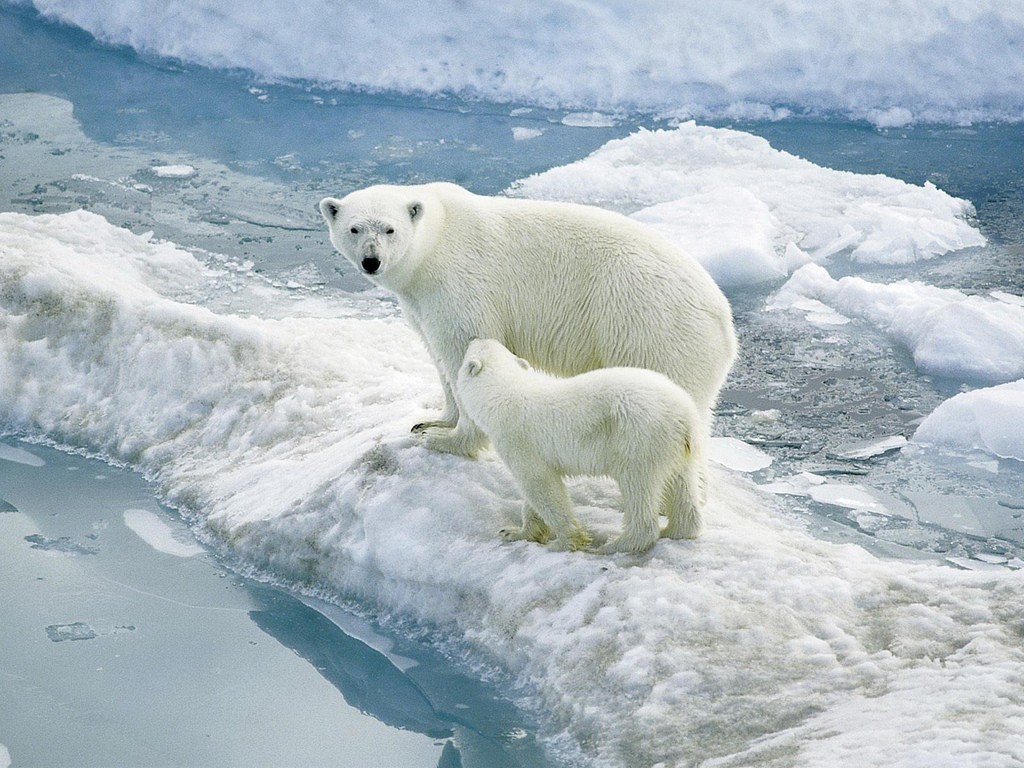
There is evidence to support increasing sea ice levels in the Antarctic, so how could we be heading towards global warming?
While there truly is evidence of increasing sea ice levels in the Antarctic, this does not mean that we have managed to avoid global warming. This is merely a regional phenomenon, which cannot contradict the global trend. Moreover, the increase is significantly smaller compared to the decrease in sea ice levels in the Arctic. As such, it cannot even begin to compensate for the other warming instances.
3. Technological Modelling
Since most climate change research relies on computer models that can extrapolate data based on information we have from the last 100-150 years, most climate sceptics dismiss the entire concept because they find modelling an unreliable source. They tend to compare it to weather forecasts, which we all know can be quite unreliable.
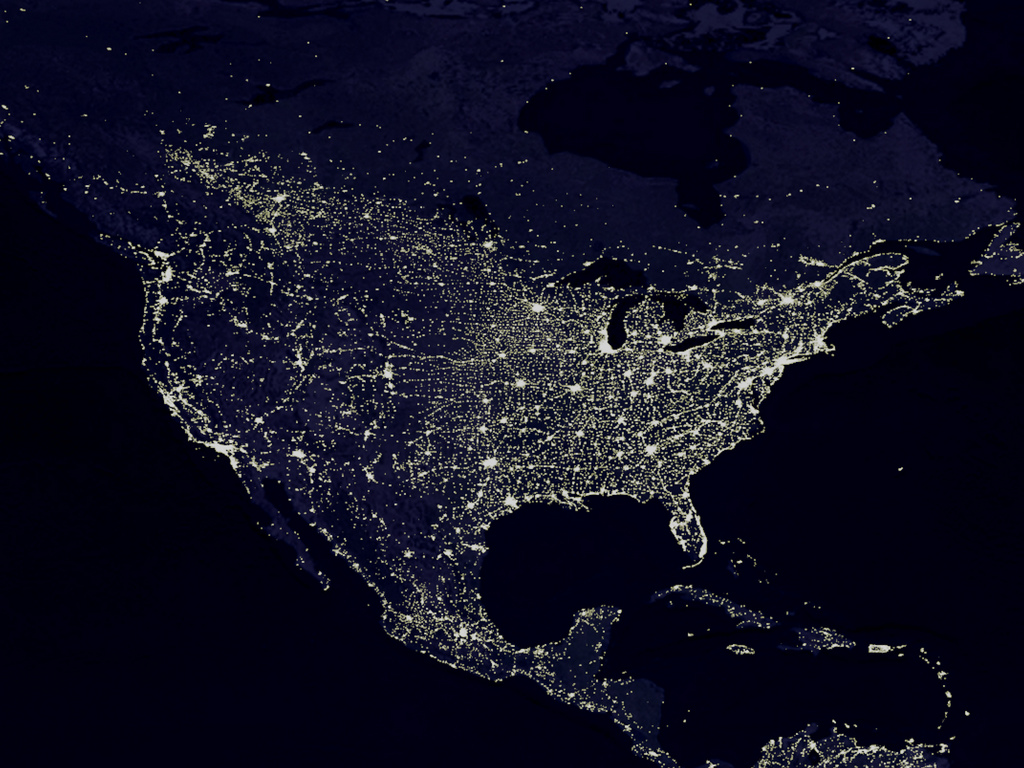
However, there is a major difference between studying climate and studying the weather. The short-term unpredictability of the weather is evened out when looking at a longer time span and as such, assessments regarding the climate are in fact significantly more reliable.
4. Climate Forcing Is Not Global Warming
Climate sceptics often say that a warming of the climate is natural. In fact, it is happening on Mars and Pluto as well. Moreover, this makes them dismiss the role that CO2 emissions have had on the Earth’s climate change.
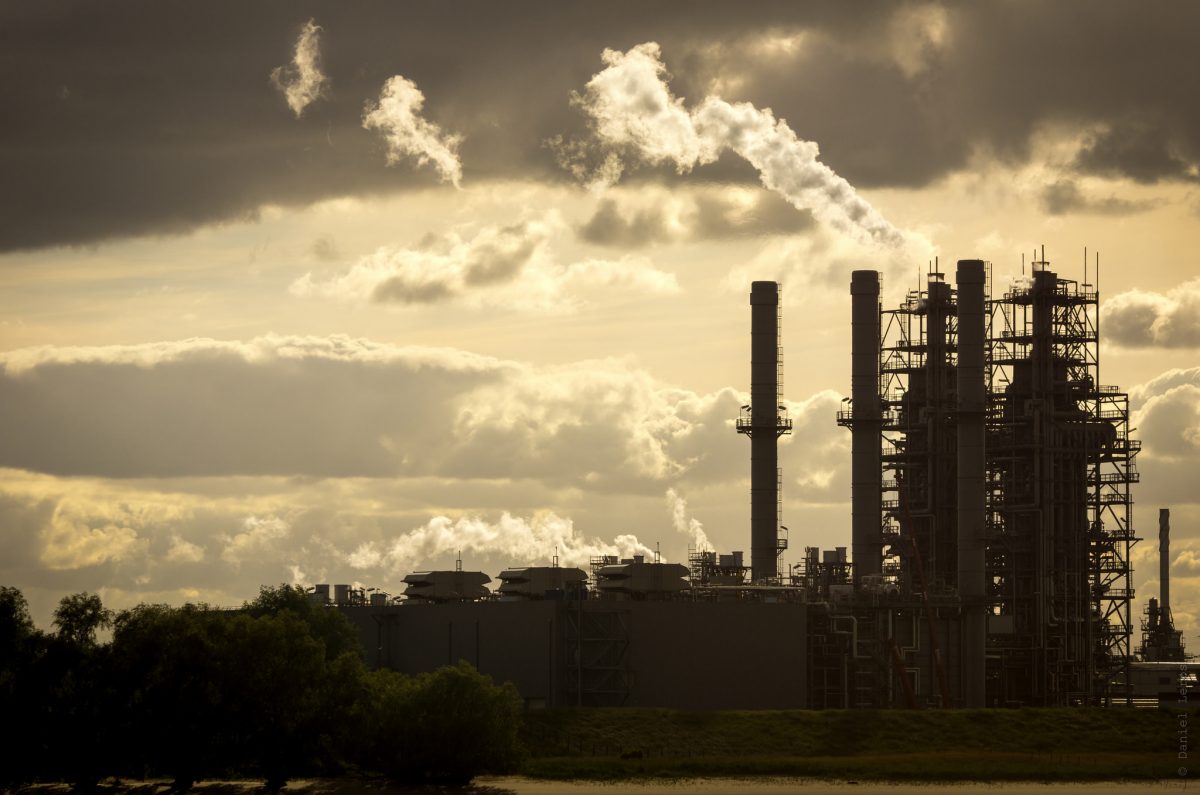
The main issues with the extraterrestrial warming theory are that it is based on exponentially less data than the Earth’s warming and that it cannot point to dismissing the effects of CO2 emissions. The main cause of the warming of the climate, according to this theory, is the sun.
While the sun is clearly involved in the development of climate change, it is not the only cause. As such, there is sufficient reason to continue fighting CO2 emissions, as well as all the other factors leading to global warming on Earth.
5. Palaeo Climate Explains Climate Change
This is one of the central arguments that climate sceptics rely on. In their view, the fact that the Earth has had a Little Ice Age and the Medieval Warm Period is enough to depict the current changes in climate as being part of the natural changes undergone by our planet.

While scientists do not dismiss a natural component in current global warming trends, there are several anthropogenic factors that are accelerating the process. Furthermore, man-made pollution is something that we can fight to reduce, which gives us all the more reason to continue research on the matter.
6. Scientific Processes Leading to The Climate Change Conspiracy
Climate sceptics regard evolving scientific advancements as uncertainty. They claim that not even the scientists researching global warming are sure of the global warming trend. Instead, they choose to believe that climate change is a conspiracy meant to make people in the green industry very rich.

While scientists continue to expand their research, the global trend for a warmer climate has yet to be dismissed. In fact, continuing research can only lead to technological advancements that could enable us to delay the effects of climate change.
Moreover, it is true that there is so much yet to be discovered in regards to the causing factors of climate change and the ideal methods to reverse it. However, existing evidence is more than sufficient to back global warming, which means that we have all the reasons to fight it as best and as swiftly as possible.
5 Types of Anti-Climate Arguments You Should Expect to Receive
As we have mentioned above, there are still many climate sceptics who still believe that global warming is not real. They have a great many arguments at hand, so it is best to be prepared when talking to them. In this section of our article, we will present the main types of arguments you should expect to hear from them, according to the types of facts they are based on.
1. Arguments from Uninformed Climate Sceptics
The arguments you should expect to get from people who have a superficial knowledge on the issue of climate change are usually based on scarce information from the media. These people are typically very certain that global warming is not important and they usually say one of the following things:
- Is warmer weather all that bad?
- So what if we had a record year? That’s not enough to back up global warming.
- These computer models are unreliable, so they must be exaggerating with climate change.
- Why spend so much money fighting something that is natural?
2. Arguments from Misinformed Climate Sceptics
When people find a shred of contradictory evidence regarding one of the many causing factors of climate change, they tend to extrapolate this and dismiss climate change altogether. As such, you should expect to hear about the following things:
- Global warming is caused by the sun, so there is no use fighting it.
- How could we have global warming when the Antarctic ice is increasing?
- If the satellites show cooling, then how can we talk about a global warming?
- In the 70’s they predicted global cooling, now it’s global warming. Not even the scientists are sure what’s happening.
3. Urban Myths Used as Arguments
This is one of the most frustrating types of arguments you can get against climate change because they are based on stories, rather than cold hard facts. Here are arguments you should expect to get:
- Greenland was green to begin with, so there is nothing wrong with it being green again.
- Most of the CO2 detected by scientists is actually generated by volcanoes and global warming is a hoax.
- If the Medieval Warm period passed, then so will this global warming trend.
4. Arguments from Scared Climate Sceptics
When people reach the anger phase of coping with climate change, they rely on every little piece of information that can attack the credibility of the global warming trend. As such, they often use arguments such as the following:
- Natural CO2 emissions are far larger than those generated by man.
- Global climate is constantly changing, so this phase is entirely normal.
- We are just recovering from the Little Ice Age, so global warming is natural.
- There is not enough evidence to indicate a global warming trend.
5. Non-Scientific Arguments Used by Climate Sceptics
When faced with non-scientific arguments, there is very little you can do to convince people that they may be wrong about global warming because it is clear that their opinions have no foundation whatsoever. You should be prepared to hear the following pseudo-arguments:
- The Kyoto Treaty has achieved nothing, so it’s no use continuing to fight global warming.
- If they can’t predict next week’s weather, how could they know what’s coming in the next few years?
- Global warming is just a hoax, and not even the scientists are certain about it.
The Four Levels of Complexity of Typical Anti-Climate Arguments
Another way to classify the arguments typically used by climate sceptics is according to their level of complexity. This is actually one of the main aspects that could guide you towards the correct communication path with these people. In this section of our article, we will assess the four main levels of complexity for the most commonly used anti-climate change arguments.
1. Science-Based Arguments
Climate sceptics who invoke scientific facts to deny climate change usually mention decreasing sea levels in the Arctic and increasing sea ice levels in the Antarctic. They also bring up the limitations of computer models when used to simulate natural ecosystems, as well as the important contribution of vapour to the greenhouse effect.
The Best Way to Respond to Science-Based Arguments
To ensure a successful communication with climate sceptics who use scientific arguments is to point out that these are true. By doing so, the discussion will be significantly calmer. The next step is to explain how all this information is insufficient to dismiss climate change. Then you can begin laying out your best pro-climate change arguments.
2. Baseless Arguments
If you are talking to climate sceptics who buy into conspiracy theories and historic precedent and who dismiss the effects of man-made CO2 emissions, then you are bound to hear how climate change research is corrupt and how it is specifically made to point out to a global warming trend.
The Best Way to Respond to Baseless Arguments
This is, in fact, the most difficult category of climate sceptics because they are intent on dismissing any scientific evidence supporting global warming. You should be very calm and try to point out cold hard facts that they can relate to. Be sure to mention recent natural disasters and the dying polar bears who are losing their habitat due to the thawing of the glaciers.
3. Naive Arguments
Never underestimate the power of anti-climate change rhetoric. This is, in fact, powerful enough to convince quite a lot of people. Expect to hear about how computer modelling is an inaccurate means of studying the environment and especially how global warming is a natural phenomenon and fighting it is futile.
The Best Way to Respond to Naive Arguments
Your best option is to point out that very different studies conducted by some of the best scientists in the world have all led to the conclusion that global warming is happening, whether we are ready for it or not. Try to explain how the natural component of climate change has been exacerbated by pollution and man-made emissions.
4. Ridiculous Arguments
You may be surprised to find that there are still people who consider global warming to be an exaggeration of available evidence. As such, they tend to regard the entire movement against climate change to be a hoax. Moreover, they consider the investments made for this cause to be a waste of money, as there is insufficient evidence proving the earth is, in fact, getting warmer and warmer.
The Best Way to Respond to Ridiculous Arguments
When faced with such arguments, the best possible solution is to point out the most important factors that contribute to global warming. This way, climate sceptics may realise that the evidence supporting climate change is not only sufficient but quite solid as well.
All in all, talking to climate sceptics requires a thorough analysis on their take on the matter. The arguments they use can help you understand just how well-informed they are about the topic. These may also give you some insight into their personality and their ability to cope with difficult information.
Remember to make your own assessment at first and then develop your communication strategies according to their reactions. Be calm as you talk to them because anger will make you lose credibility. Instead, try to organise your arguments so that they dismiss theirs, but also provide them with enough evidence to reconsider their take on climate change.




